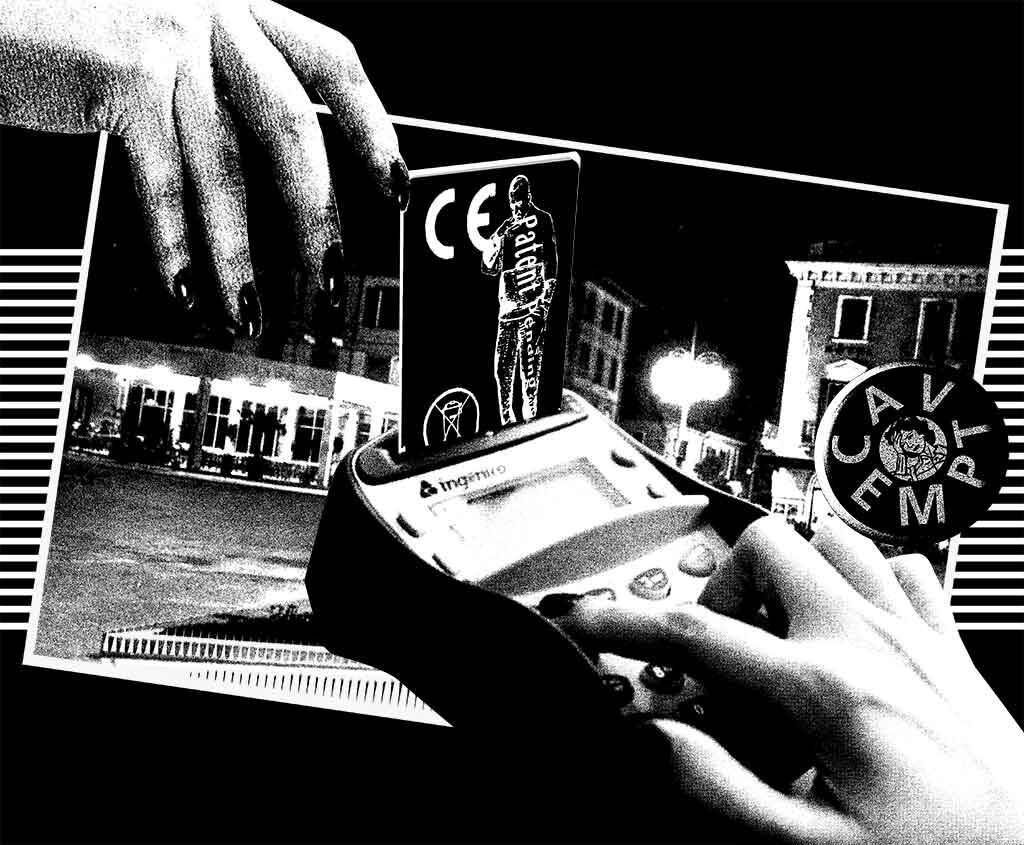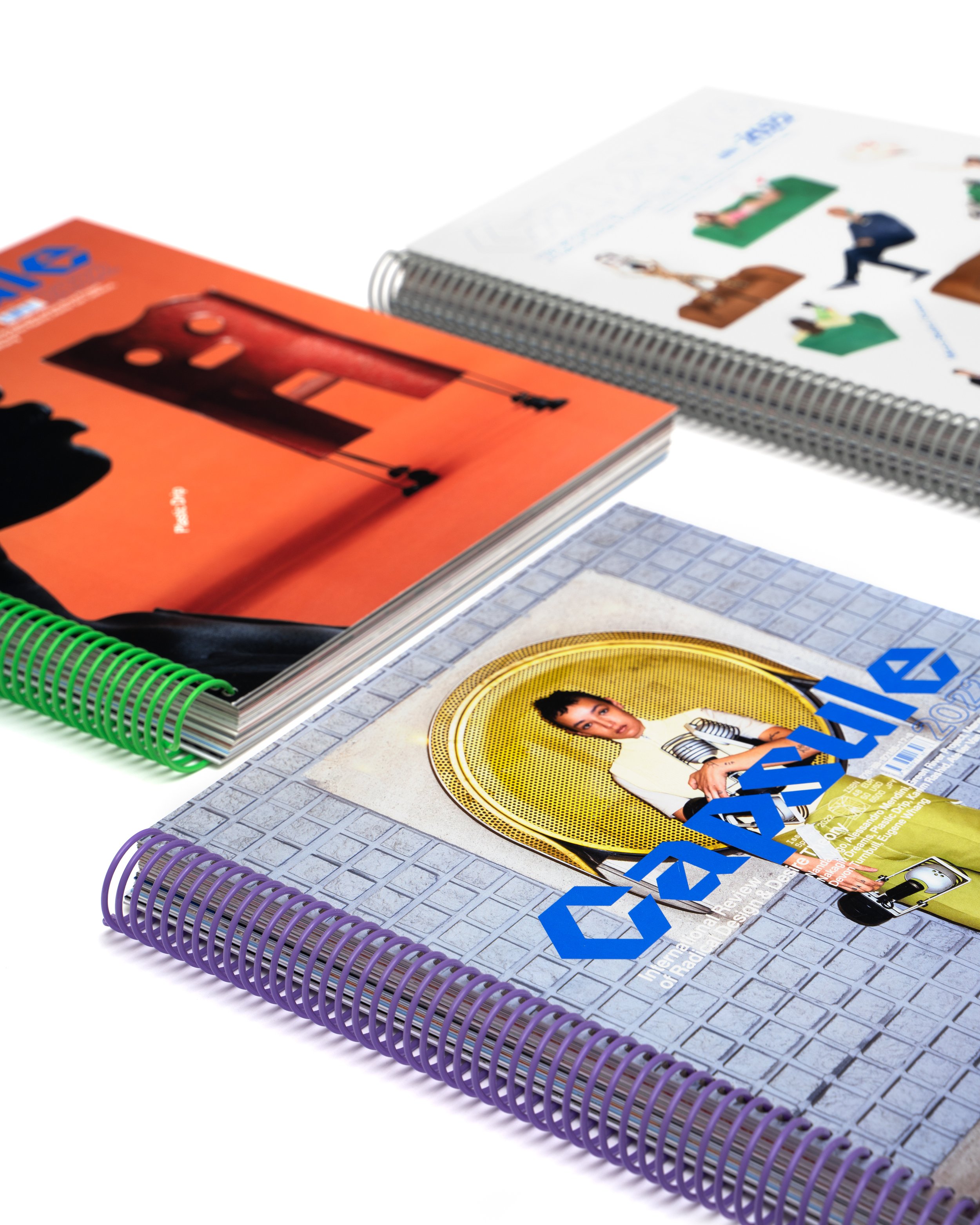Y2K NOSTALGIA AT ITS FINEST: A LOVE LETTER TO KEYBOARD PHONES

I was in for a long train ride after a much-needed break from work. During this trip, I had an idea (as writers always do), and I decided to get out my iPhone to begin typing out my essay right there on the spot.
This article is part of the ongoing series “RAMCPU for sabukaru”. Examining the intersection of art, information, and aesthetics, RAMCPU shares his uniquely critical perspective on contemporary art and media to shape the discourse between various disciplines and schools of thought.
The Motorola V.box (2000)— one of the earliest phones with a full keyboard
I soon realized that the lack of tactility and margin of error my fingers experienced as they slapped the glass touch-screen was inaccurate, uneventful, and much slower than my days of typing on the Motorola Photon Q [2012)]
Was the Motorola Photon Q [2012] the best keyboard on the phone ever? I think so? I don't know... it's hard to remember. I remember it being really impressive, though.
Of course, being on the train and not the office where I would usually write, I looked around at everyone gazing deeply into their tiny glass screens; I couldn't help but notice that everyone's tiny glass screen looked the exact same as the person sitting right next to them. This typical, vertical, monolith-shaped glass slab appeared to be a form of choice (or perhaps the form of non-choice)….
The Motorola Photon Q (2012) —
“Then I started to think; in a world where everyone communicates differently [and is different], why would everyone’s communication device look the same?”
Urban infrastructure has a lot to do with the standardization of smartphone designs. The way our phones are designed has a lot to do with how they'll interact with the "smart cities" of the future. Standardizing the design of common communication devices makes the experience many people have with their devices, apps, and consumers more uniform.
Don't get me wrong, there are many amazing things you can do with an iPhone but using it as the tool for essayists isn't one of them. Part of the fun of being a writer is the experience of actually writing.
When you type up that paper, and your relationship with technology is just perfectly in sync with your ideas, everything just lines up perfectly with what's on the screen. [That sensation is half the fun].
Have you ever typed on a typewriter? The feeling you get from that is pretty fun, so much so that more modern companies have tried to emulate that technology of old, giving today's writers the classic feel of a typewriter. The sounds, the confirmation, you get seeing each letter pressed onto the page. It's all very eventful. Input devices can indeed affect our processes and ideas about the world.
Even if you're not a writer or don't care so much for the tactility that input device hardware gives, don't you think there should be more options for form factors in smartphones?
“… shouldn’t our phones, our communication mechanisms be an expression of how we think, communicate, and see the world?”
In a world where people are so diverse and vary in identity and opinion…
Unfortunately,… there is one tool that I think is largely missing from most flagship phones today: the physical keyboard.
Putting a physical keyboard on the phone introduces an array of unique form factors to iPhone design. Making this simple tool a part of more phones would allow more expression for those who want something different.
The Freewrite — a Modern take on the typewriter
Let's look at just two more modern examples of keyboard phones; of course, there are many more, but both of these devices are beautiful in their own right.
“One of my favorite phones I’ve enjoyed using is the Unihertz Titan. This heavy phone is the ideal tool for those who spend a lot of time in the construction zone [or just want something insanely durable/reliable]”
Unihertz Titan
The phone features a square screen, a full qwerty keyboard, is water-proof, and is indestructible. At first, the keyboard took some getting used to, the camera itself is pretty terrible, and the screen makes some vertical-only apps very unenjoyable. The phone isn't the content creation beast the iPhone is. The iPhone is great for taking videos, photos and uploading them so that they're optimized for viewing by other smartphone users who likely use a very similar model.
The Unihertz Titan is perfect in functionality for one thing: typing. Typing on the Titan feels amazing and is one of the best experiences I've had typing on a mobile phone ever. The screen format makes writing documents not as fun, though [I prefer to write most essays in landscape — this is something that the Titan falls short on].
But for those who just want a phone that answers calls and text messages, for someone where content creation isn't the essential aspect of a phone — the Unihertz is just incredible, and the battery is insane too-- I've gone almost three days on one charge [and I use my phone a ton]. I strongly recommend the Titan if you want an incredibly durable phone that you can drop on concrete [or in water!] — it'll give you the tactile response you desire when composing messages.
“Next up is the F[x] Tec Pro1 — this phone is currently my daily driver, and it may be my favorite phone I’ve ever owned.”
At first glance, the device looks like a traditional smartphone, but users will soon notice that the phone can slide out an entire, landscape, qwerty keyboard. This keyboard is so good, and the capabilities of landscape mode paired with such a responsive keyboard stir the imagination.
I rely on this phone whenever I want to compose meaningful messages but don't want to take my laptop. I even use a Type-C port and plug the phone into a TV to use the phone with a mouse and keyboard-- It's a portable laptop in your pocket.
There are so many good things I can say about this phone — the main thing is that the camera is better than the Titan [though nowhere near the latest iPhone, for example.] Its form factor and weight give the feeling of a premium device, but it still allows you to utilize applications in the same viewing format that almost everyone else views them. So you get all the features of a quality smartphone, but you also get the option to type out your messages with the tactility and precision of a physical keyboard.
Giving buyers more options on how they can express themselves in the new digital world is an exciting approach more companies should invest in. There's really no reason why all devices should look the same in a world where we champion individuality.
About the Author:
RAMCPU is a writer, philosopher, and creator of the media theory known as Arcadism. RAM writes about media, art, arcades. and internet subcultures.
His weekly newsletter is entitled "Arcade Press".





